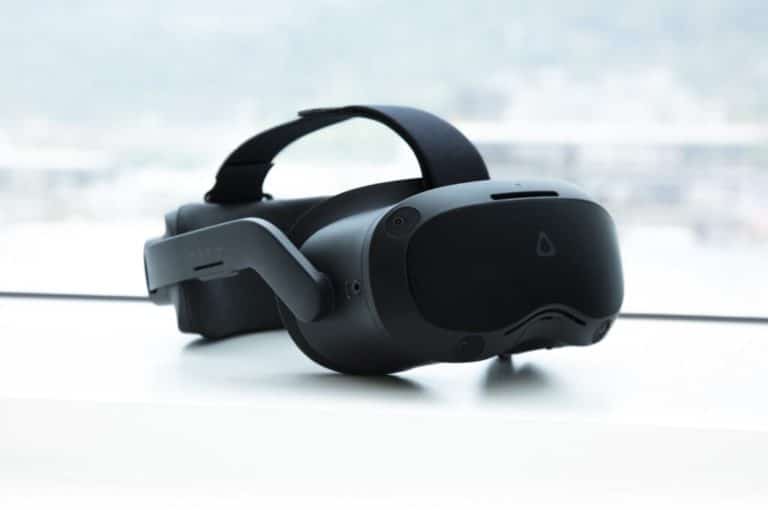
The process of building a home is certainly a complex one. Thankfully, advancements in technology have made things more manageable for new and experienced builders.
Virtual reality (VR) is an emerging technology set to revolutionize and transform the construction industry in more ways than one. It provides a virtual environment that replaces the real one. One of the more popular applications of VR is in the gaming industry, where the Oculus VR headset has been dominating the market.
However, the technology has several applications that can improve operational efficiency across various industries, such as manufacturing, retail and homebuilding.
Here’s how VR can reduce the costs associated with building a new home, as well as some ways it’s being used within the construction industry today.
Rising Homebuilding Costs
It’s no secret that the price tag for a new home is rising. There are currently shortages in the construction materials market — lumber, drywall, copper and appliances are becoming increasingly expensive.
Demand for products such as those listed above will likely continue into 2022, and supply chain issues will continue, negatively impacting the building industry. In April 2021, new home construction hit a wall and fell 9.5% from the previous month.
While there may be no workaround for rising construction material expenses, VR is expected to turn the tide in the industry and contribute to some cost reductions.
How Can VR Make Homebuilding More Cost-Effective?
Here’s how VR is saving construction companies time and resources daily.
1. Reduction of Rework
Construction companies are already demonstrating how useful VR is within their daily operations. For example, one campus-sized project used a Skycatch drone to provide real-time updates from the sky. A management team in a trailer caught misalignments during building to prevent mishaps this way.
In this case, VR saved millions of dollars on the project when it prevented a $400,000 concrete slab from being poured in the wrong place. While mistakes are bound to happen occasionally, using technology to reduce those errors can save companies time and money in the long run.
2. Lower Labor Costs
Tech reduces business costs because machines take the place of human employees. VR has the potential to step in and complete tasks that otherwise would require a skilled laborer.
VR can be used at various stages of the design process, which allows homebuilders to focus on bigger-picture tasks that require attention to detail and a human touch. Overall costs would be reduced, and more projects could be completed in the same time frame.
3. Streamlined Communication
All projects require seamless communication among all parties involved, whether it’s the team working on a home or the future homeowners.
A perfect way for builders to improve the quality of a project is to provide homeowners with a virtual tour to show them the ins and outs of their new residence. This aids communication and keeps all parties updated on the latest developments.
4. Improved Creativity
VR opens up a world of possibilities for homebuilders in terms of creativity. It allows them to envision their engineering and design process immersively, which they can leverage to create more modern, contemporary looks.
Take green walls, for example — they’re known to reduce energy costs by 23%, but most homeowners have never even heard of them and may not be open enough to the idea of new designs to explore these benefits. VR can assist builders by showing them and their clients how the walls would look when the home is under construction. While this is only one example, there are plenty more ways builders can use VR to be creative in the design process.
The ultimate goal is for VR to become a staple in the construction industry. As costs to build a home soar, new technologies should be integrated into operations to save money when possible.
It’s also worth noting that the cost of implementing VR is relatively low and is decreasing as the tech becomes more commonplace.
VR Can Be Cost-Effective for Construction Companies
VR can make a significant difference in the existing design and construction process. Whether it’s using drones in the sky to monitor a construction site or offering virtual tours, the goal is to find even more applications for this revolutionary tech. While still in its infancy, VR is set to make homebuilding less expensive and more accessible for potential homeowners.
 April Miller is a senior writer at ReHack Magazine and editorial contributor at AR Insider. She specializes in VR/AR, IoT, and business technology. See her work here and follow her @rehackmagazine.
April Miller is a senior writer at ReHack Magazine and editorial contributor at AR Insider. She specializes in VR/AR, IoT, and business technology. See her work here and follow her @rehackmagazine.

